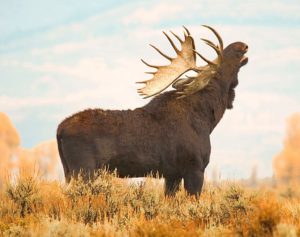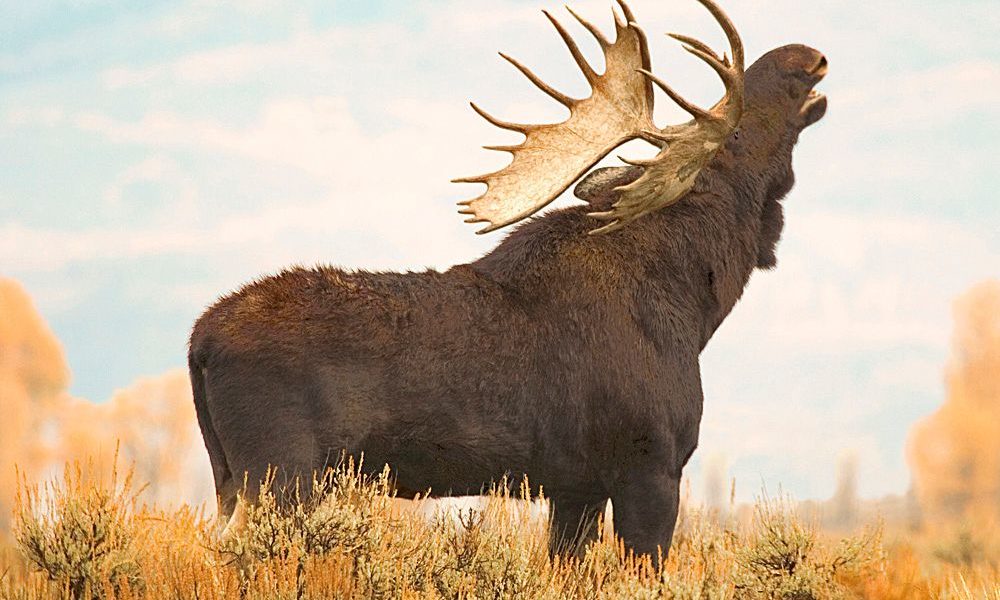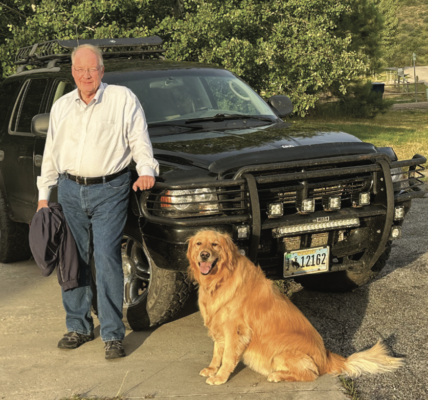By Mike Koshmri
Jackson Hole Daily
Via- Wyoming News Exchange

An annual report that sums up animals hit and killed on Teton County roads and highways finds the number of moose killed in collisions between May 2018 and this past April is the highest one-year toll in nearly a decade.
The especially lethal year was expected based on anecdotal accounts, said Jackson Hole Wildlife Foundation Executive Director Jon Mobeck, whose organization produced the report. Now he can put specifics to the year that was the deadliest the valley has seen for moose since 2010-11, when 33 of the long-legged ungulates died in vehicle collisions.
Most moose vehicular casualties were in the most developed portions of the valley, especially on the Snake River’s west bank, Mobeck said.
“We can’t hit 28 moose every year and expect the population to do well,” he said. “It’s not a big population to begin with.”
The Wyoming Game and Fish Department usually counts around 200 to 300 moose in the area during winter aerial surveys, but just a subset of those animals live where most are being hit.
An estimated 70 moose, Mobeck said, reside in the Wilson-Jackson-Teton Village “triangle.” More than half of the collisions in the report — 15 — were logged in that region.
“In that area,” he said, “we may be having a greater impact on that population than the whole population across the valley.”
The overall wildlife toll — 267 animals reported hit — was the fifth-highest since the Jackson Hole Wildlife Foundation started keeping tabs in 1990. During the earliest years of that span, record keeping was less thorough. The deadliest one-year period on record, 2010-11, came with a severe winter. The same goes for the second-deadliest, 2016-17.
Data in the foundation’s report comes from the Wyoming Game and Fish Department, the Wyoming Department of Transportation and Nature Mapping Jackson Hole.
Elk collisions last year totaled 34, down from in the 40s in the previous two years.
But the most frequently hit critters, mule deer, were struck with greater frequency compared with the year before: The report lists 179, a count on par with the average of recent years.
The record keeping from smaller animals smushed on our roadways is decidedly shoddier, but in 2018-19 single-digit numbers of road-killed badgers, martens, black bears, magpies, coyotes, weasels, porcupines, raccoons, red foxes, striped skunks, tiger salamanders, garter snakes and white-tailed deer were recorded.
Importantly, the foundation’s reports do not include animals found dead and reported hit along roads in Grand Teton National Park, which chooses not to share its data with the nonprofit Wildlife Foundation.
Also, Teton park’s data is logged on an entire-year basis, so it cannot be easily compared to the foundation’s for a whole-valley perspective.
Teton park’s 2018 wildlife-vehicle collision summary shows that 155 animals were reported hit. About half — 77 — were ungulates, which means elk, deer, moose, bison and pronghorn.
“In 2018, collisions involved 77 ungulates, similar to the 2017 total of 78; however, trends within ungulate species did not remain stable,” a park summary report said. “Elk and moose collisions both increased in 2018 compared to 2017.”
The rise in moose hits, the report noted, is “concerning.”
During years with average winters, collisions throughout the valley tend to peak during the summer months. If the snow piles deep, however, that script flips, and the deadliest months for wildlife on the roads typically fall during the winter.






